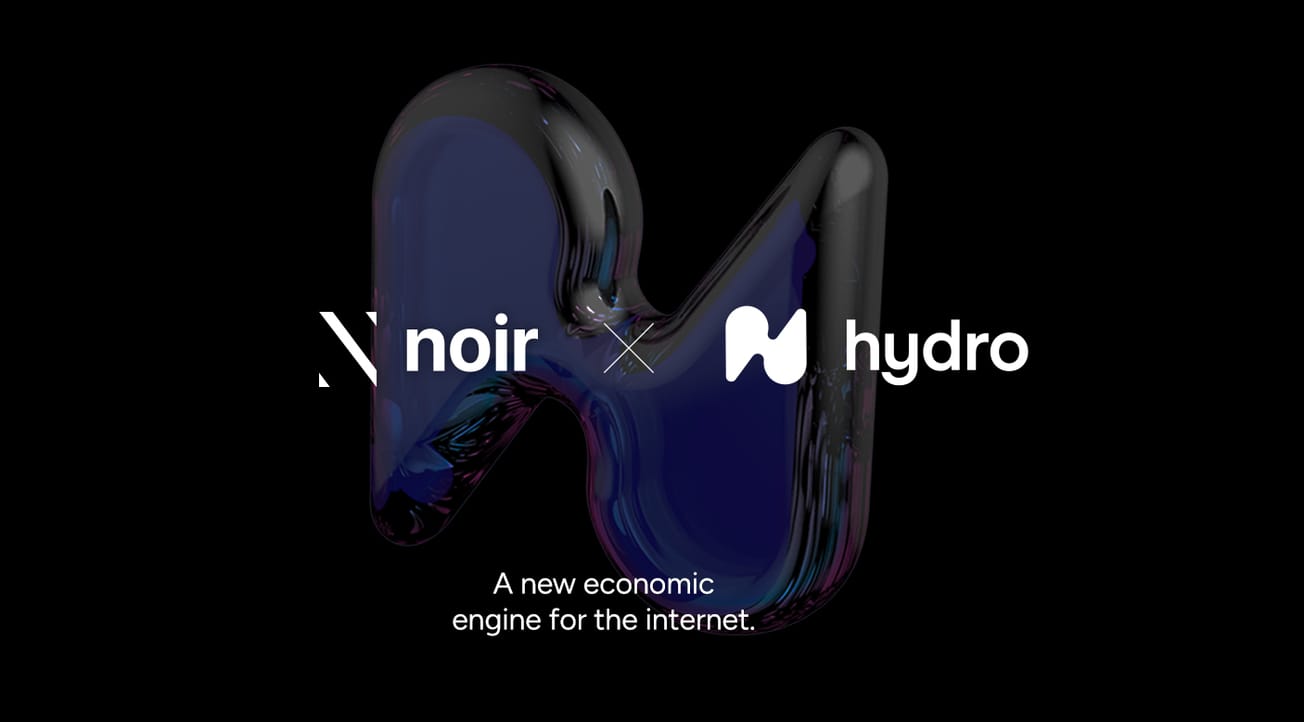As with any other sector, banks and financial institutions need to be cognizant of the metaverse to get ahead of the curve. Digital assets are already being traded through NFT marketplaces and blockchain-enabled platforms. But if cryptocurrencies aren’t going to be the main con-tender of the metaverse, banks might have to get there first.
Bankrolling the Metaverse
The next few generations will grow up in the metaverse, and these generations will be the next customers for the banking world. Banks have been slow to evolve into the digital age, and anyone who has been on the bad end—or working end—of customer service in the financial sector knows how outdated the systems are. The financial sector, including banks and services, will have to do much better to keep up as we evolve from the digital age to the metaverse.
There’s a good case that most financial transactions in the future will take place in the metaverse, through Mixed Reality technologies. Virtual worlds will have a need for safe and secure digital transactions, and the volatility of cryptocurrencies has left a bad taste in the mouth of the public. Even still, banks will have work to do to cement themselves in the minds of Gen Alpha and beyond as they’ll spend most of their time in the metaverse, socializing and maybe even working.
The Future of Finance?
Already, 1 in 5 Americans have invested in or traded digital assets, with that number expected to grow as they become more commonplace and pervasive, powering ownership within a digital world. The banking system is at odds—traditional finance against decentralized finance—and decentralized finance is already being touted as a more fitting solution to the open metaverse.
DeFi, enabled by cryptographic currencies, will allow peer-to-peer, decentralized transactions. Standards for NFTs and cryptocurrencies are also being suggested as viable options for enabling the interoperability of assets (and between worlds) in the metaverse. Ideally, DeFi might also eliminate fees and charges for customers—and let us bypass the pesky customer service many of us face when calling the bank.
The reality is, most money is already digital. The usage of physical cash has dropped significantly over the past few years, catalyzed by the onset of covid and the improvement of digital payment apps that integrate with the wider banking services.
But for traditional finance to keep up, banking systems will need to find new ways to incorporate existing infrastructure into the soon-to-be-widespread digital worlds. In the face of current economic adversity, this is another task to make sure that banks’ future customers get the services they need. After all that, there’s still a good chance we’ll see a mixture of crypto payments and fiat payments in the metaverse, with some preferring the decentralized, censorship-resistant virtual cash to the digital currencies offered by their banks.
Verdict
In any case, there are few obstructions stopping banks and payment providers from having their services available in the metaverse. Now is a better time than ever to ensure that the infrastructure for both digital and fiat payments is built by banks, available to customers and ready for the hyper-connected future in the immersive metaverse.









